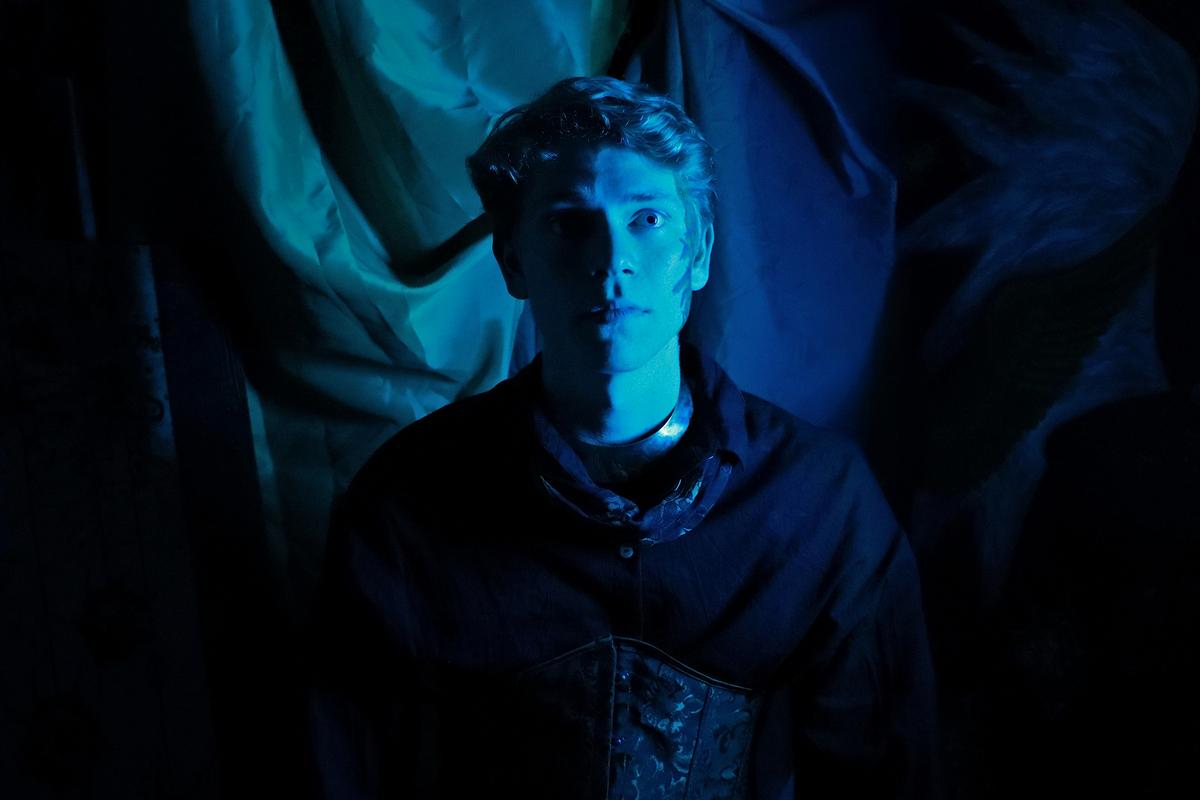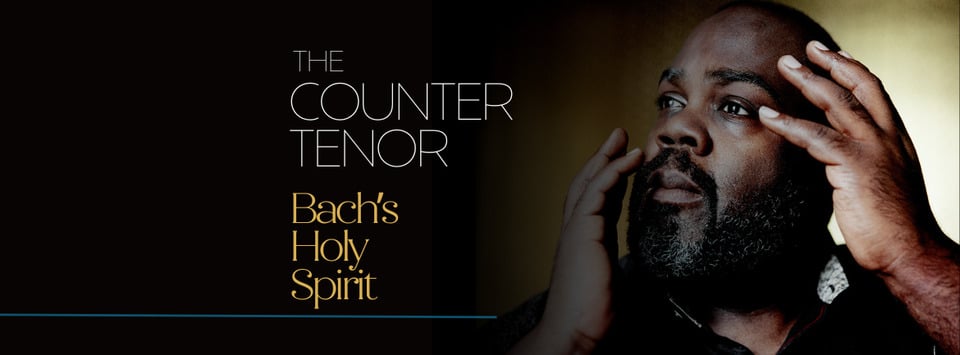Joining us today is Director Zippie Tiffenright, the creative force behind a wild, post-apocalyptic dive into Renaissance rebirth. Their upcoming show is an original work that blends chaos, beauty and raw imagination. Let’s pull back the curtain and meet the mind behind the madness.
About Cosa Vedranno: What Will They See?
What is this Production about?
‘A post-apocalyptic Renaissance, where young artists rediscover the human condition. The maladjusted reincarnations of Leonardo da Vinci, Michelangelo and those theoried to have been The Mona Lisa, are forced to teach themselves reality, language and creation, with beautiful and terrible results.’
What character are you playing, and what can you share with us about them?
Being a director always feels like playing a role in the show; sewing together the pieces and smoothing it out- guiding the movements and words. It’s a truly beautiful experience; you get to see everything. Making sure the best and worse colours of all the characters get showcased feels so important, in order to achieve that sense of nuance necessary for this play to capture the mind and soul.
What’s challenging about bringing this script to life?
Having written the script also, choosing which parts of the writing process to remember and forget feels vital, and is challenging- what sections of the world must carry through to the stage? What can fall away? How can we still ensure the artistry comes through? We’re thinking of it like an exercise in immersion- submerging ourselves in this world and only coming up for air when it’s absolutely necessary. The venue is an art gallery, the stage feels like an arena that the audience is a part of; the nine circles of hell, hanging on the walls, are the watchers. It’s been about creating an environment for the show, through Renaissance music and sound, cloth textures, air, breath, and voices.



Why did you want to be involved in this production?
The cast have said the strong draw-point for them auditioning for the production is the artfulness of it all. The profound impact such a concept can have just in a sentence, of rediscovery, reversion, and the spark of imagination.
What sort of person is going to love this show?
Any art, drama or language nerds. It started as my Extension 2 English Major Work in high-school, so it’s infused with that desperation and motivation I had to produce something that will last beyond my HSC, and that I could continue developing. I’ve grown up in such an artsy house, revisiting the Renaissance, Vasari’s ‘Lives of The Artists’, Dante’s ‘The Divine Comedy’, artworks, paint and books everywhere; I’m so fortunate that this love for creation has been cultivated within me my whole life. Really anyone who loves creation, freshness, rebirth will love this show. And big thanks to my Italian teacher at school for helping with translations haha.
What will the audience be thinking about in the car as they drive home after this show?
Probably ‘I have to think about this for a bit’. I hope it stays with people, and that they’re able to rediscover new parts each time they recall something from the show. For me, the world of this new Florence (“Floorants” haha) becomes more complex with each passing thought, unravelling and reweaving, like it’s alive itself. I hope audiences can take away the values of the show and overall experience of learning these characters.
What’s going to surprise people about this show?
How young the cast are- they’re so raw and real, it’s like looking through glass at a painting of humanity. The characters they play are barely developed people and they make so many mistakes. Watching these young people leading themselves astray is just such an interesting observative experience, that I hope adolescents can see parts of themselves reflected in, and that adults can be provided with an insight into the developing mind.
How is this production bringing something new to this story?
Being an original work, the play is still undefined, which is thrilling! Bringing a fresh insight to the Renaissance, however, has been fascinating; modernising and mixing, through incorporations of local artist’s work on the set, and face art of natural, beautiful things, along with singing in Italian and English, really brings together the vision of reimagining the Renaissance in a destructive and uncertain world.
Call someone out by name: who must come see this production?
The Medici family: be like them, support the arts haha.
Who has the best costume?
Probably Piper- theirs has turned out really specific to Lisa. She’s embroidered patterns on Lisa’s vest like the character would, and matches the way Lisa’s so uniquely herself, uninfluenced by anyone. We’ve had a really good time making sure each costume reflects the character’s style, and merges old and new world elements.



Who in the show is most like their character?
Alex probably haha, he’s such a sweetheart in real life and we all think it comes through in the show too. Allira is also such a breath of fresh air when she’s onstage; we joke about Isla being the whimsical forest girl that brings a fresh bit of spice to the play.
Who’s the least?
Mackenzie (we hope haha), and additonally, having a woman play the teenage boy version of Leonardo da Vinci is wonderful- the insight she brings to him, while embodying his energy and undeterrable drive is wonderful to see.
Is there anything else you’d like to add?
Thank you for reading! We’re so excited to share this show and can’t wait for opening night (Wed 30th April, 7:30pm).
Where can patrons purchase tickets to this production?
To book tickets to ‘Cosa Vedranno: What Will They See?’, please visit https://www.trybooking.com/events/landing/1357578.
Show Sessions run from Wednesday 30 April 2025 to Saturday 3 May 2025 at The Show Room – Owens Collective, 101 Maitland Road, Newcastle.
Thank you so much for sharing your incredible journey with us. We can’t wait to see the magic you and your talented cast have woven together in ‘Cosa Vedranno: What Will They See?’ Break a leg, and may your show captivate every heart and mind in the audience!













